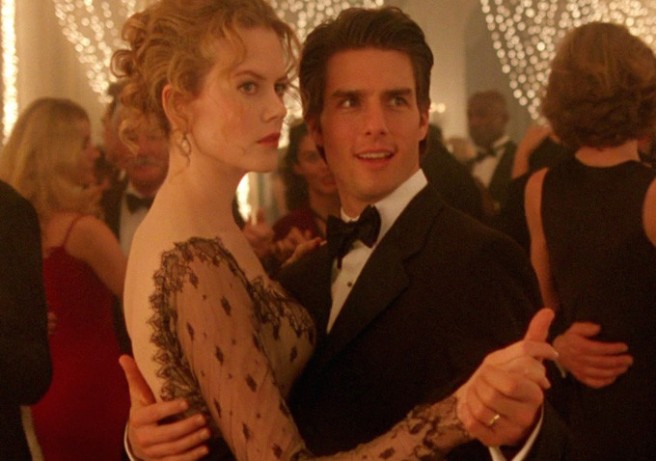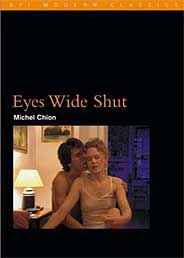
Film and film criticism have been a huge part of my life, I’ve been watching films intensely since I was five years old, starting with Robin Hood swashbucklers. I started reading the film criticism of Roger Ebert and Jonathan Rosenbaum in my teens and listening to Elvis Mitchell’s radio podcast The Treatment on KCRW, which celebrates twenty years on the air this year. These days at the age of 26 I read Michel Chion, Adrian Martin, Kent Jones and Mark Cousins. Some of my favourite films include Who’s Afraid of Virginia Woolf? (Nichols, 1966), Bad Timing (Roeg, 1980), L’humanitè (Dumont, 1999) and Eyes Wide Shut (Kubrick, 1999). A special mention to Kent Jones who writes for Film Comment and is the director of the New York Film Festival. His book Physical Evidence is great, especially in my memory is his piece on the Argentine director Lucrecia Martel, whose films I’ve yet to see.
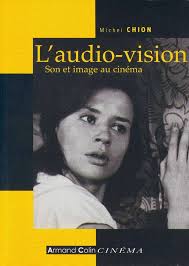
Since the late 1980s The British Film Institute (now Palgrave Macmillan on their behalf) have published monographs each on an individual film in a series entitled BFI Modern Classics, they’ve since renamed it BFI Film Classics. They are truly great books, one of them is Eyes Wide Shut (2002) by Michel Chion, it is my favourite book. Mr. Chion was born in Creil, France in 1947, he is a composer of musique concrete, an author on music since the 1970s and an author on film since the 1980s. Chion has been making experimental films since the 1970s such as Le grand nettoyage (Chion, 1975), Eponine ou Le fer à repasser (Chion, 1984) and La Messe de la Terre (Chion, 1996).
His specialism is in film sound, he taught the relationship between image, sound and speech at the University of Paris III Sorbonne Nouvelle from 1990 to 2012. His book L’audio-vision: Son et image du cinema (1991) is seen as one of the definitive studies of sound and image. His writing style is so passionate, articulate, clear and alive. I’ve recently read his great monograph on David Lynch which was the perfect companion as I was revisiting Lynch’s work. Chion’s book on Eyes Wide Shut is divided into 34 passages, each titled after dialogue from the film, which explore his ideas and interpretations in ways which are wonderfully non-linear. Such as the reception of other French critics, one of whom remarked that Tom Cruise’s character living in West Side Manhattan would never drink Budweiser from the can!! Also on the music in the film and how a character repeats what the other character has just said which Chion calls ‘parroting’. Chion says that two areas of frustration upon first seeing the film were Nicole Kidman’s lack of screen time and the orgy sequence which he found boring. He states that Fellini’s Casanova (Fellini, 1976) is a prime example of sex in cinema and that he can accept (as I can after repeated viewings) that Kidman’s screen time is no longer, it is Tom Cruise’s film.
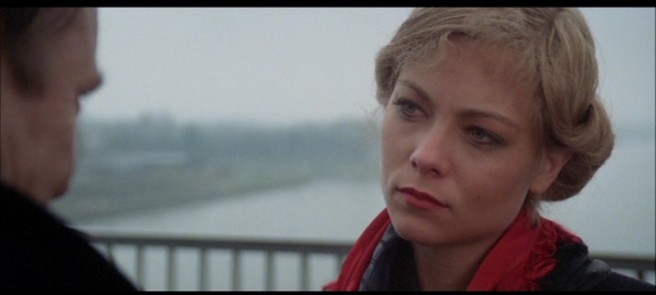
I will state that Eyes Wide Shut is my favourite film and Michel Chion is my favourite film critic. Bad Timing is very close my close to my heart too, nothing in cinema beats that opening sequence, Theresa Russell’s face on the bridge is the beginning and end of cinema. A prophetic definition of what the medium is, which of course will never end. But of course that scene in particular has Pachelbel’s Canon in D playing on the soundtrack, one of the first films to use it. Bad Timing ultimately ties with Eyes Wide Shut. Michel Chion’s favourite film is Blade Runner (Scott, 1982), Chion states that it is the most beautiful film in the history of cinema.
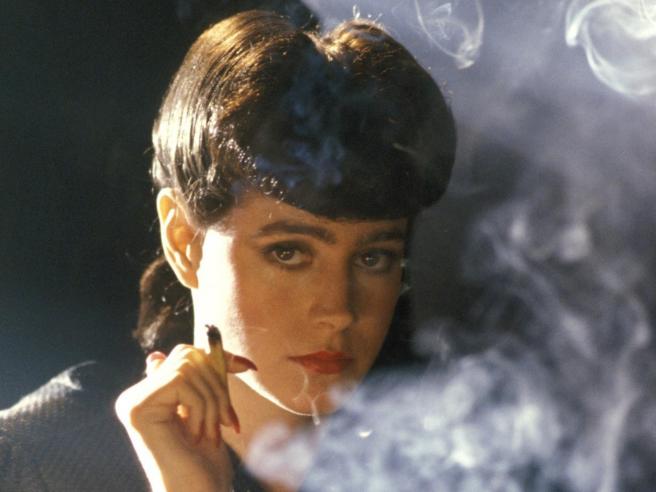
A scene in Eyes Wide Shut that always sticks in my memory is of Bill Harford (Tom Cruise) on his first visit to the Rainbow Fashions costume shop. Cruise ‘s gestures in that scene are wonderful; anxious and very awkward. The gestures of Milich (Rade Serbedzija) are hilarious; hands raised, head sharply turning and finger pointing. The whole film is centred on Bill’s encounters with various people which becomes a night’s journey into day as he returns to the places he has been. It is also of note that Bill gets a taxi from the Sonata Cafe to Rainbow Fashions, which are actually just across the road from each other! Cruise’s performance is his best, much less showy that some of his other roles like Magnolia (P.T. Anderson, 1999). The awkwardness of Bill, a man who defines himself by being doctor with loads of money, his encounters provide him with twists of fate which are constantly interrupted.
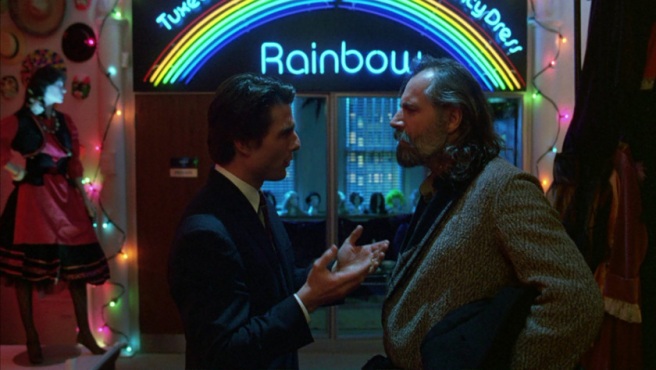
Many times while I was on my way home late at night I could not help feeling like Bill Harford walking the dreamlike streets of New York. Chion states that “The right way to work on a film – to avoid too closed an interpretation – seems to me to be to watch it several times with no precise intentions… As in a police enquiry, one should not set up any hierarchies or look in any particular direction. One should not banish emotions and projections, but rather bring them to light, formulate and be aware of them, let them float.”
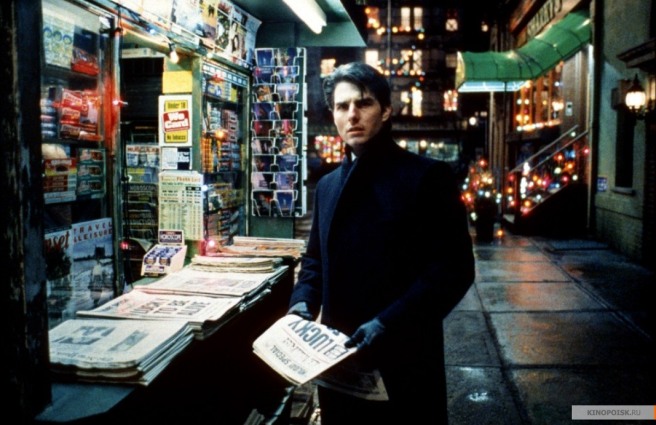
Chion continues “A film is a system, not of meanings, but of signifiers. We must go in search of these signifiers … and we can do this only by means of a non-intentional method; for in cinema, that art that fixes rhythms, substances, forms, figures and all kinds of other things onto a single support, the signifier can sit anywhere.” (2002:37-38)
